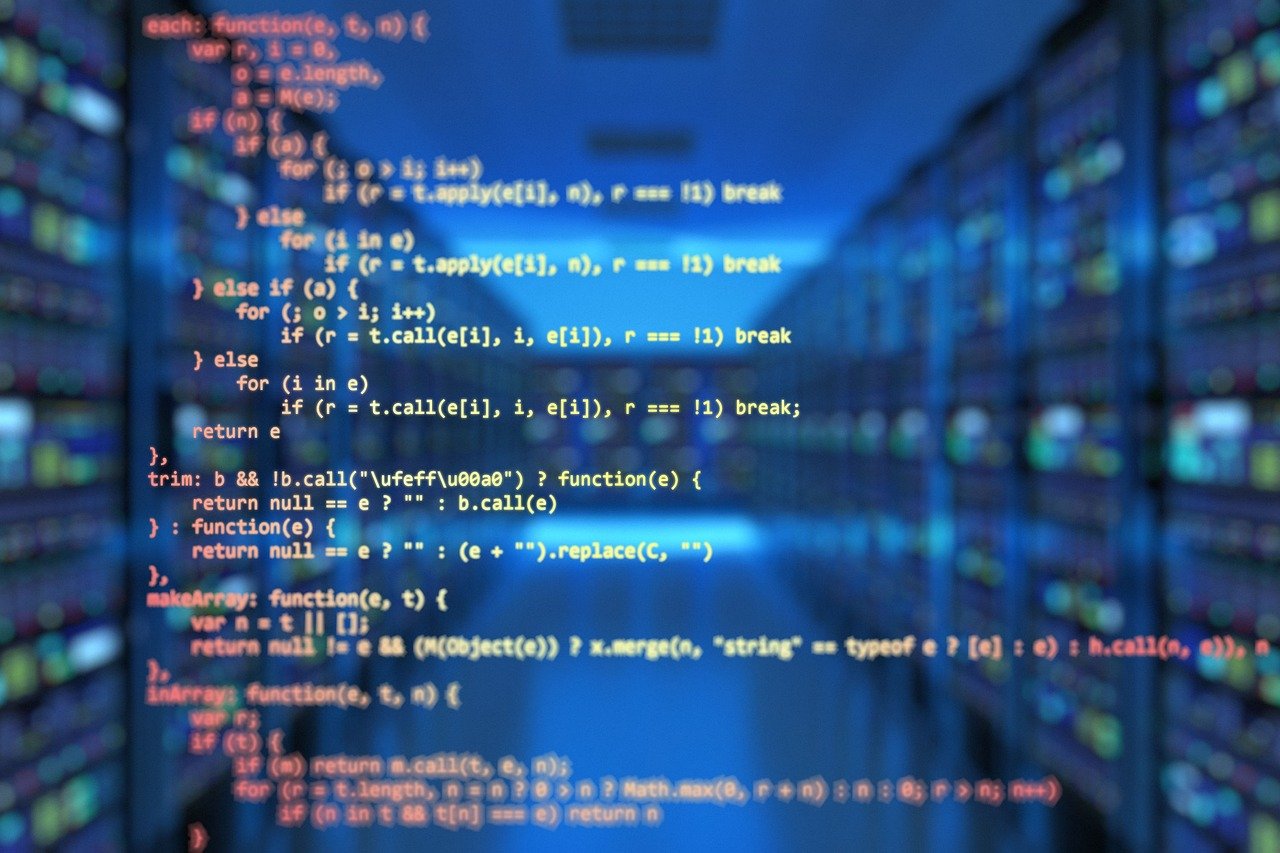Introduction to Probabilistic Programming
Probabilistic programming languages are special computer languages that let you easily build programs using statistics and probability. This article explains what they are, why they’re useful, challenges, real-world examples, and what the future looks like. Read on to learn how probabilistic languages can help create smarter apps and models.
Bayesian Models
Bayesian models calculate probabilities based on prior knowledge. As you get more data, the model updates.
Posterior
The posterior is the result of a Bayesian model after seeing the data. It combines prior knowledge and new data.
Probabilistic Programming Systems
Systems like PyMC3 and TensorFlow Probability provide tools to build probabilistic programs easier.
MCMC
MCMC is an algorithm that samples from probability models. It approximates Bayesian modeling.
Monte Carlo
Monte Carlo uses random sampling to get numerical results. Probabilistic programming uses Monte Carlo techniques.
Python Functions
Probabilistic models in Python are built using functions. The functions define the statistical relationships.
Natural Language
Probabilistic programs can be used for natural language processing. They help identify patterns in text.
Generative Models
Generative models can create new data points, like images. They learn patterns from existing data.
Inference
Inference means determining probabilities from data. Probabilistic programs perform statistical inference.
Reuse
Probabilistic programs make reusing statistical models easier. You can reuse parts in new programs.
Efficient Inference
Specialized techniques like MCMC make inference faster in probabilistic programs.
PyMC
PyMC is a Python library for probabilistic programming. It allows building Bayesian models.
Samplers
Samplers are used to draw random values from probability distributions when running simulations.
Bayesian Neural Networks
Neural networks can be modified to represent probabilities. This makes them better at uncertainty.
Computation Graphs
Some systems use graphs to represent the code and data flow. This helps optimize probabilistic models.
Hamiltonian Monte Carlo
Hamiltonian Monte Carlo is a MCMC technique that samples more efficiently from complex models.
Lines of Code
With probabilistic programming systems, you can build models with fewer lines of code.
Computer Vision
Computer vision uses probabilistic models to handle noise in images and video.
Generate Data
Generative models like GANs use probabilistic programming to synthesize realistic data.
Machine Learning
Probabilistic programming helps make machine learning models more robust for the real world.
Complex Models
Probabilistic languages are good for complex statistical relationships hard to code manually.
Modern Hardware
Specialized hardware like GPUs and TPUs run probabilistic models faster.
Language Features
Dedicated syntax, types, and functions for probability make modeling easier.
Model Specification
Probabilistic languages have declarative ways to define the statistical model structure.
Data Privacy
Probabilistic techniques like differential privacy help protect private data.
Different Random Values
Running many simulations with different random values samples the probability space.
Formal Semantics
Probabilistic languages precisely define the meaning and behavior of probabilistic constructs.
Automatic Differentiation
Systems automatically calculate gradients needed for optimization.
Gradient-based Optimization
Gradients help iteratively improve model parameters to fit data better.
Composable
Probabilistic programs allow mixing and reusing components to build complex models.
Where Did Probabilistic Programming Languages Come From?
The first probabilistic programming languages were invented in the 1980s and 1990s. Scientists wanted easier ways to code statistical simulations on computers. Early popular languages included BUGS and Hierarchical Bayes. In the 2000s, Stan became widely used and made probabilistic programming even more powerful. Programmers realized they could combine probabilistic languages with normal languages like Python to streamline statistical coding.
TensorFlow Probability
It uses TensorFlow, a popular framework for machine learning. It allows creating neural networks that can handle randomness and uncertainty.
Programmers can define a probabilistic model as a neural network graph in TensorFlow Probability. The nodes are operations like math functions or sampling random values. The edges show data flowing through the operations.
It then handles the probabilistic parts like sampling during model training. This makes machine learning models more reliable for the real world.
Image by Elchinator from Pixabay
Some Popular Probabilistic Programming Languages
Python
It is one of the most common programming languages used today, especially for data science. Python packages like PyMC3 and Edward add probabilistic features to Python. This allows coders to easily integrate random sampling and statistics into Python programs.
R
R is a programming language designed specifically for statistical analysis and graphics. Packages like rjags and rstan let coders add probabilistic capabilities to R code. R is great for data analysis and creating visualizations to go with probabilistic models.
MATLAB
MATLAB is a programming platform used by engineers and scientists. It has toolboxes for statistics that support building probabilistic models. MATLAB also makes it easy to repeatedly run simulations, which is important for testing probabilistic programs.
Stan
Stan is an open-source probabilistic language developed at Columbia University. It uses efficient techniques like Hamiltonian Monte Carlo sampling. In Stan, you can write statistical models in a custom language tailored for probabilistic programming. The Stan software can then be used directly in Python and R.
Why Use Probabilistic Programming Languages?
Faster Simulations
Normal languages require complicated math to simulate randomness. Probabilistic languages speed this up by letting you simply write commands like “choose a random number” instead of manually calculating probabilities. This allows quickly iterating and testing statistical model designs.
Smarter Decision Making
Probabilistic models represent uncertainty better than traditional models. This enables smarter data-driven decisions in unpredictable situations. You can test how different choices perform over thousands of simulated scenarios to understand the risks.
More Reliable Models
Probabilistic models avoid overfitting and can account for noise in data. Overfitting is when a model matches the data too perfectly instead of finding general patterns. The probabilistic approach makes models more robust and reliable for the real-world.
Challenges Using Probabilistic Languages
Difficulty with Complex Models
The sampling in probabilistic languages uses approximations that can reduce accuracy in very complex models. Certain model types and probability distributions also cause instability. However, languages like Stan provide diagnostics to detect these issues.
Memory Usage
Because probabilistic models need to sample data repeatedly, they require a lot more computer memory and power. This can limit the use of very large datasets. Solutions include distributed computing on large clusters or streaming data as needed.
Real-World Examples
Finance
Banks, hedge funds, and financial firms use probabilistic programming to model stock volatility, optimize portfolios, and automate trading. Representing the inherent uncertainty in markets through probabilistic models improves financial decision-making.
Medicine
Doctors can apply probabilistic models to patient data to support diagnosing diseases earlier and more accurately. By accounting for uncertainties, probabilistic programming helps save lives.
Self-Driving Cars
Vehicles like Waymo use probabilistic algorithms to perceive environments, predict behaviors, and plan routes safely. This handles the randomness and dynamism when driving on real roads.
Conclusion
Probabilistic programming makes it easier to build statistical models and smart data-driven apps. As the world relies more on AI, these languages help create safer and more reliable systems. While there are still challenges, improvements in the languages will expand their use for tackling unpredictable problems. More user-friendly tools and apps built on probabilistic programming will emerge. Exciting new applications may appear as researchers discover more ways to apply it.
The key is that representing uncertainty is crucial for real-world programs. Probabilistic techniques make models more robust and support better decision-making under unpredictability. So learning more about probabilistic programming will become increasingly useful – not just for coders, but for many fields dealing with statistics and AI.
FAQ
What are probabilistic programming methods?
Ways to build programs using probability, randomness, and statistics.
What is a probabilistic programming language?
A language designed specially for probabilistic programming. It has tools for randomness and statistics.
What probabilistic language is used with Python?
PyMC3, TensorFlow Probability, Pyro, and Edward add probabilistic features to Python.
What’s an example of a probabilistic model?
A model that uses probability and randomness instead of fixed values. Like a weather forecast model that runs many simulations based on past weather data.





